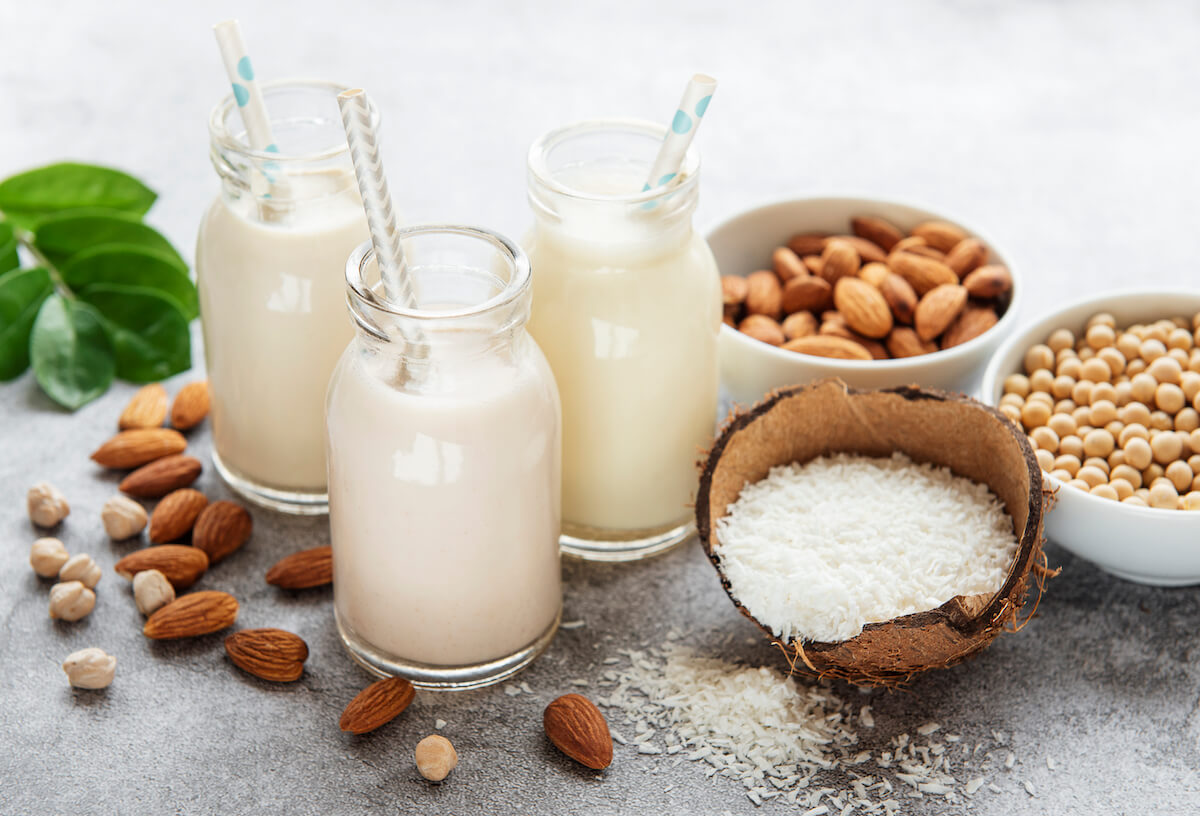The Rise of Plant-based Milk Alternatives
As more people adopt plant-based diets for ethical, health, and environmental reasons, the demand for vegan milk alternatives is on the rise. With various options available, it’s important for consumers to consider the environmental impact of these alternatives to make informed and eco-friendly decisions.
In this article, we’ll compare oat, soy, cow, almond, coconut, rice, and pea milk to find the most environmentally friendly option – all while keeping things fun and easy to follow!
The most environmentally friendly vegan milk options are oat milk and pea milk, as they require less water, have efficient land use, and produce lower greenhouse gas emissions compared to other milk alternatives.
However, it’s important to consider factors like nutrition, taste, and availability when selecting a milk alternative that best fits individual needs.
Skip To:
Oat Milk: The Low-Impact ChoiceLow-Impact
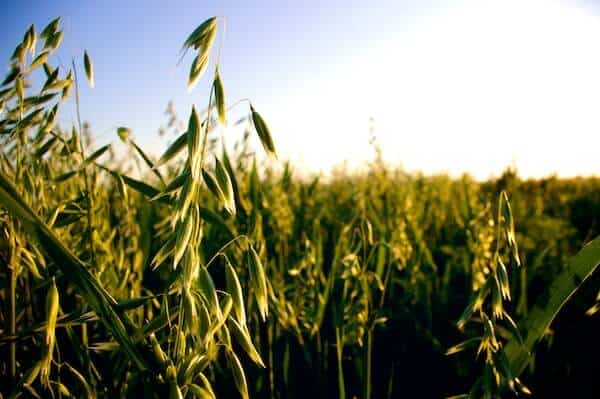
Oat milk has rapidly gained popularity due to its creamy texture and mild taste, making it an excellent choice for people who prefer a neutral flavor. One of the key reasons oat milk is considered a low-impact choice is its minimal water usage.
Minimal Water Usage
Oats can grow in various climates, and they require less water than many other crops used for milk alternatives. This attribute contributes to the efficient land use associated with oat cultivation.
The Carbon Brief’s article on the environmental impact of various milk alternatives supports this claim, highlighting the sustainability of oat milk compared to other options.
Additionally, the production of oat milk results in lower greenhouse gas emissions when compared to other milk alternatives. Oat milk also boasts relatively high nutrient efficiency, providing essential vitamins and minerals without straining the environment.
Overall, oat milk is a well-rounded, environmentally friendly option for those seeking a delicious and sustainable milk alternative.
Check out this article, Is Soy Milk Or Oat Milk Better For The Environment? for more on oat milk’s benefits and environmental impact.

Soy Milk: A Controversial Staple
Soy milk has long been a popular plant-based milk alternative, and it continues to be a staple in many households.
While it has a relatively low water footprint and efficient land use, concerns arise from its association with deforestation, particularly in the Amazon rainforest. The production of soy milk does contribute to greenhouse gas emissions, but these emissions are lower than those associated with cow’s milk.
Soy milk is also a nutrient-dense option, providing a good source of protein, vitamins, and minerals. However, consumers should pay attention to the origin of the soybeans used in their milk, as sustainable sourcing can help mitigate the negative impact of soy cultivation on the environment. Despite some concerns, soy milk remains a widely enjoyed and nutritious plant-based milk alternative.
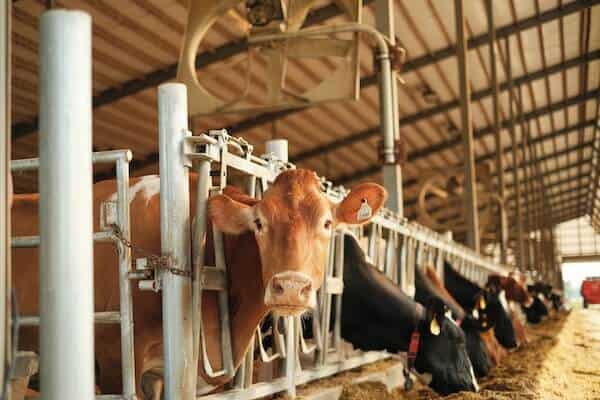
Cow’s Milk: The Traditional Option with Hidden Costs
Cow’s milk has long been the default choice for many people when it comes to dairy products. However, the environmental impact of cow’s milk production is quite significant.
Lots Of Water & Land Needed
The production process requires a substantial amount of water, both for the cows themselves and for growing their feed. Land use for cow’s milk production is also high, as cows need space to graze, and their feed crops require additional land.
Greenhouse gas emissions from cow’s milk production are considerable, with methane production from cows being a major contributor. Methane, a potent greenhouse gas, is released as a byproduct of the cows’ digestive processes.
Although cow’s milk provides essential nutrients such as calcium and vitamin D, its environmental impact is undeniable, making it a less eco-friendly option when compared to plant-based alternatives.
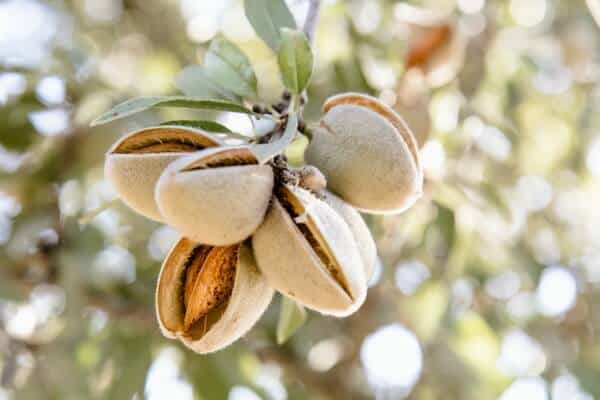
Almond Milk: Thirsty Crops and Pollinator Concerns
Almond milk has become a popular plant-based milk alternative thanks to its smooth texture and slightly nutty taste.
However, the environmental impact of almond milk production is a topic of concern. Almond trees require a significant amount of water to produce their nuts, leading to a high water footprint for almond milk production. The majority of almonds are grown in California, a region prone to drought, which exacerbates water scarcity issues.
Another concern with almond milk production is the reliance on pollinators for almond tree cultivation. Almond farming requires a large number of bees to pollinate the trees, and the transportation of bees to and from almond farms can lead to stress and loss of bee populations.
Although almond milk offers some nutritional benefits, such as vitamin E and healthy fats, its environmental impact cannot be overlooked.
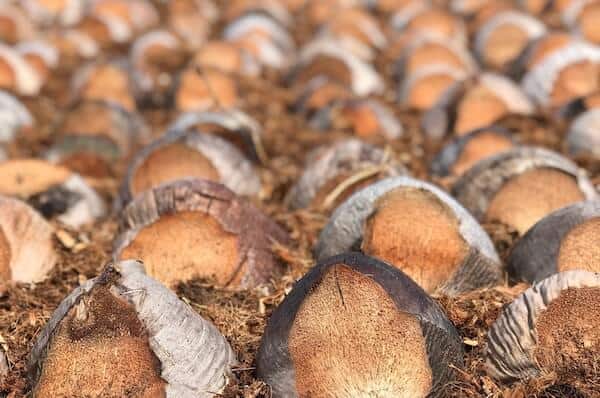
Coconut Milk: Tropical Taste with Deforestation Worries
Coconut milk, known for its rich, creamy texture and tropical flavor, is a favorite in many plant-based recipes.
While it has a lower water footprint than almond milk, coconut milk production still requires a considerable amount of water.
Land use for coconut cultivation is less efficient than for other crops, as coconuts grow best in tropical climates, and the expansion of coconut farming can lead to deforestation in these areas.
Greenhouse gas emissions from coconut milk production are moderate, but the deforestation concerns in tropical regions are a significant issue. Coconut milk is less nutrient-dense compared to other alternatives, but it serves as a versatile ingredient in plant-based cooking.
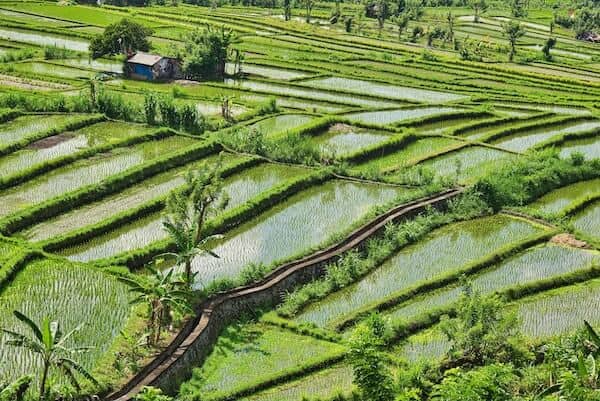
Rice Milk: A Hypoallergenic Choice with Environmental Drawbacks
Rice milk is known for its mild taste and hypoallergenic properties, making it a popular choice for people with allergies or sensitivities to other milk alternatives. However, its environmental impact is considerable due to its high water usage.
Rice Paddies Require Large Amounts Of Water
Rice paddies require a large amount of water, leading to a significant water footprint for rice milk production. Land use for rice cultivation is relatively efficient, but the production process results in considerable greenhouse gas emissions, including methane, due to the anaerobic decomposition of organic matter in flooded rice fields.
Rice milk’s nutrient efficiency is lower compared to other plant-based milk alternatives, as it lacks the same protein content and essential nutrients found in options like soy and oat milk.
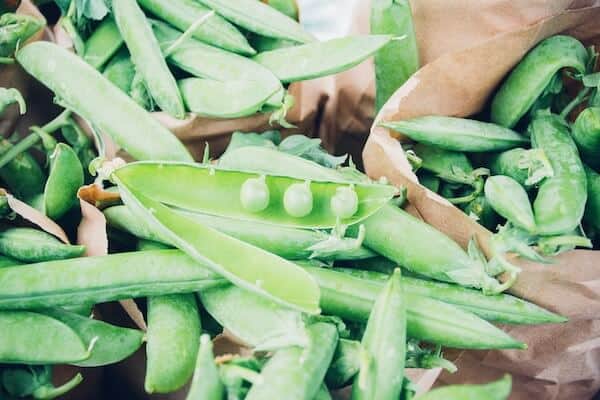
Pea Milk: A Newcomer with Promise
Pea milk, a relatively new plant-based milk alternative, is gaining attention for its high protein content and minimal environmental impact. The water usage in pea milk production is significantly lower than that of other milk alternatives, making it a sustainable choice.
Land use is also efficient, as peas can be grown in various climates and on marginal lands, meaning they can be cultivated in areas where other crops may not thrive.
Greenhouse gas emissions associated with pea milk production are minimal, and its nutrient efficiency is impressive, providing a high protein content and a good source of vitamins and minerals.
As a newcomer to the plant-based milk scene, pea milk is quickly establishing itself as an environmentally friendly and nutritious option for those seeking a sustainable milk alternative.
Comparison and Ranking: Choosing the Best Option for the Environment
When comparing the environmental impact of each non-dairy milk type, it becomes evident that oat milk and pea milk are the most sustainable options.
They require less water, have efficient land use, and produce lower greenhouse gas emissions than other milk alternatives.
However, it is essential to consider factors beyond environmental impact, such as nutrition, taste, and availability, when choosing the most suitable milk alternative for individual needs.
Check out this article covering the best oat milk brands for those looking to find the best oat milk option.
Every individual’s preferences and dietary needs will differ, making it important for consumers to find a balance between environmental considerations, nutrition, and taste when selecting a milk alternative.
By staying informed about the various milk alternatives available and their environmental impact, people can make choices that align with their values and contribute to a healthier planet.
The Importance of Conscious Consumer Choices
As the market for plant-based milk alternatives continues to expand, it is essential for both consumers and producers to prioritize sustainability and environmental responsibility.
This includes supporting sustainable farming practices, fair labor conditions, and transparent supply chains. By doing so, the collective effort can help reduce the environmental footprint of milk production and foster a more sustainable food system.
In this light overview of the environmental impact of vegan milk alternatives, we’ve learned that oat milk and pea milk stand out as the most eco-friendly options.
While no milk alternative is perfect, being aware of the environmental implications of our choices can help guide us toward a more sustainable lifestyle. By making conscious decisions and supporting eco-friendly practices, we can all contribute to a greener and brighter future!
Recent Posts
Coffee is a popular beverage worldwide, with millions of people enjoying it daily. It's a versatile drink that can be enjoyed hot or cold and with various add-ins such as milk, cream, or sugar....

